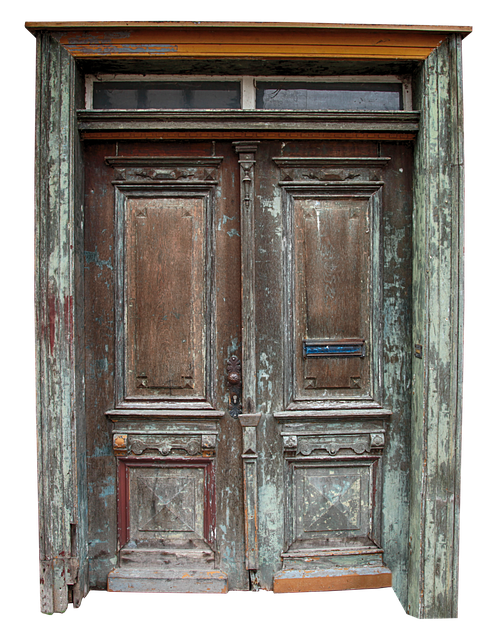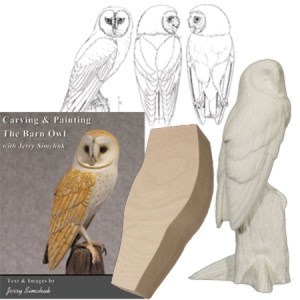
You will need to research which woods are best for carving your walking sticks before you begin. Also, you will want to be familiar with the different techniques of whittling. David Allen used these techniques to carve his walking sticks. Be sure to check out these famous quotes on walking sticks and how they are made. Here are some tips to help make the perfect walking sticks. You can read more to find out! You can now create a walking stick that is unique and functional!
Woods that work well for carving a walking stick
Finding a straight piece of blank to carve is the hardest part. Although you might find a few trees with bent branches, it is important to keep looking until you find a straight section. When the sap travels from roots to branches, it is best to harvest straight branches during winter. The wood will be more stable and less likely split. If you are unable to wait until spring to harvest the wood from a tree, it is fine to cut the branches while the tree still has green leaves.
A walking stick can be carved from many species of wood. North American Chestnut is a solid wood. Its density makes it ideal to make walking sticks, and other similar tools. The wood grain in this species is often open or slightly closed. It is a solid walking stick, which feels smooth and solid. It is also extremely attractive and is often used in carve. Some species can still be carved using the bark.
Techniques to whittle a walking sticks
A few simple techniques are required to carve a walking sticks. First, select a piece wood with a distinctive texture. Some woods are unique in their bark colors and patterns, while others have natural swirls. You might want to paint or lacquer these characteristics. In addition, you may want to carve the wood shaft to make it more attractive. You should ensure that your stick is straight and free from branch shoots or tough spikes.
This book will help you learn about the various types of wood and styles of carving. The most common designs are snakes and lions. Not only can you carve snakes but fish, eagles, and even deer. These artists are often regarded as God-given. This book is for both the beginner and the expert carver.
Tools used by David Allen for carving a walking stick

When David Allen was a young boy, he began making toys with a pocketknife he found under his house. Because he was too young to use a knife, he had to keep it secret from his family. His creations included toys like slingshots and utilitarian objects like shoeshine boxes. Allen was 15 years old when he became disabled and started carving walking sticks. Allen worked with a pocketknife, a chisel and a chisel to carve the wood.
Allen devised his designs on his own, looking at the roots of saplings to decide what to carve. He believed that a design had to "see" itself before it could be carved. This process reminded him of the work of many African American artists. Allen often had visions and dreams for the design he wanted. Through this, he was capable of creating a stick that would inspire the emotions and feelings within his community.
Famous quotes about walking sticks
Carving a walk stick is a difficult process. You need a good blank. This is the most challenging part of the whole project. While there are many places to source your stick from, it's important that you persevere until you find one that is straight. The stick may seem bent beyond practical use but you will keep looking until one is found. If possible, try to cut your stick during the winter when sap is flowing from the tree's branches to the root. The sap makes the wood softer and less likely split.

The wood's texture, color and grain are important considerations when selecting wood. Every piece of wood will have its own unique texture, color, and may show bark marks or swirls. A coat of lacquer will enhance these natural swirls. To ensure a smooth finish, it is important to choose a wood shaft free of branch shoots or tough spikes. This will make the entire process easier. Regardless of what material you choose, you should carefully consider the type of finishing you'll use.
FAQ
What kind wood should I use for my project?
The most popular types of wood used in woodworking include oak, pine, birch, maple, cherry, mahogany, teak, poplar, redwood, and bamboo. Each type of wood has its own unique characteristics that can affect the final product's appearance. For example, oak tends to be darker and harder than other woods. Birch is soft and light, and mahogany is denseer and heavier. You can also choose between solid wood and veneers. Veneers are thin sheets of wood that are glued together to form a single layer.
How often should I get new supplies?
You may have to replace certain tools. Sharpening hand tools is a must. If you are using power tools, you will need to purchase replacement parts regularly. You can spread your purchases over a number of months to avoid spending too much.
Can I refinish furniture that I make?
Yes! Yes! There are many methods to refinish antique furniture without hiring a professional. Here are a few suggestions:
Use sandpaper for removing stains and scratches. After that, use a clean towel to wipe the surface.
Apply clear polyurethane varnish. Allow furniture to dry completely before you move it around.
Acrylic paint is a great way to paint furniture.
Stain can be used instead of paint. The stain will give the furniture a rich look.
Use shellac wax. Wax will protect the wood and add shine.
Statistics
- The best-paid 10 percent make $76,000, while the lowest-paid 10 percent make $34,000. (zippia.com)
- In 2014, there were just over 237,000 jobs for all woodworkers, with other wood product manufacturing employing 23 percent; wood kitchen cabinets and countertop manufacturing employing 21 percent. (theartcareerproject.com)
- If your lumber isn't as dry as you would like when you purchase it (over 22% in Glen Huey's opinion…probably over 10-15% in my opinion), then it's a good idea to let it acclimate to your workshop for a couple of weeks. (woodandshop.com)
- Overall employment of woodworkers is projected to grow 8 percent from 2020 to 2030, about as fast as the average for all occupations. (bls.gov)
External Links
How To
How to properly operate a handsaw
Hand saws are used for cutting wood into pieces. Most common hand saws include circular saws (jigsaws), table saws and band saws. A hand saw is a tool made from metal or plastic which cuts material such as wood, plastics, metals, etc.
The best thing about a handsaw is the ability to make precise cuts at all angles and without needing adjustment. They are also easy to sharpen, unlike power tools. There are also some drawbacks. You must be careful when transporting them, as they can be heavy and bulky. Also, if you do not know how to use one, you could easily injure yourself.
There are many ways to hold a handheld saw. You should always keep your hands far away from the blades while cutting. If you don't, you might get hurt. Holding the saw in your hands, place your thumbs on the handle and your thumb at the blade's top. This will ensure that you don't accidentally touch or scratch the blade.
When using a hand saw, you should never put anything under the piece of wood you're cutting. Doing so could cause the blade's surface to become uneven. Before you begin cutting, make sure to inspect the area. Make sure no nails or screws are hidden beneath the wood.
Safety goggles should be worn when using a handsaw. They keep dust out of your eyes, making it easier for you see what you are doing. Safety glasses protect your face against flying debris, which is another reason they are useful.
Before you start working with a saw, it is important to learn how to use it safely. Practice until you feel comfortable cutting. Once you master the basics you'll be able to easily cut most anything.